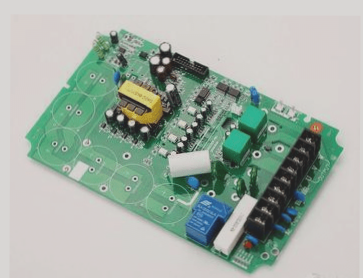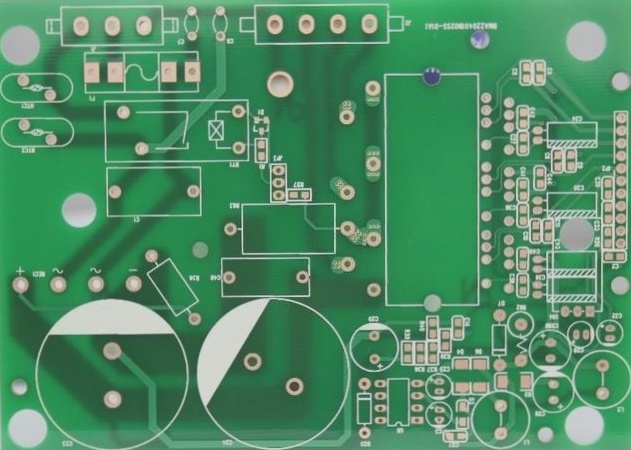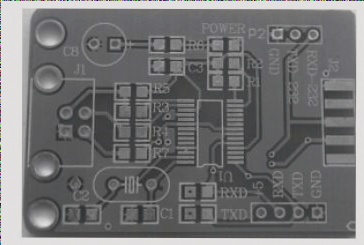Hot Air Solder Leveling (HASL): A Comprehensive Guide
Hot Air Solder Leveling (HASL) is a well-known surface treatment method for printed circuit boards (PCBs) that offers consistent performance. This process involves applying a thin layer of solder to safeguard the bare copper surfaces of the PCB during the final surface treatment.
The Process of HASL
- The PCB is immersed in molten solder, covering all exposed copper areas.
- High-pressure hot air is blown over the surface using air knives to level the solder layer and remove excess solder residues.
Advantages and Disadvantages of HASL
- Advantages: Reliable solder joints, extended shelf life, simplicity in application.
- Disadvantages: Challenges with fine-pitch components due to solder thickness, textured surface, potential contamination.
Evolution of HASL
Traditionally, HASL used a tin-lead alloy, but the shift to “Lead-Free HASL” has gained popularity to meet environmental regulations. This lead-free alternative offers compliance and safety, though it may not be as effective for smaller components.
Lead-Free HASL
Lead-free HASL substitutes traditional tin-lead solder with alloys like tin-copper, tin-nickel, or tin-copper-nickel. While cost-effective and compliant, it may not provide the same effectiveness for fine-pitch components.
Application and Benefits
HASL involves dipping the PCB into a molten solder bath and using hot air knives to ensure surface uniformity. This process results in a protective coating that simplifies assembly and is widely recognized as a standard surface finish in the industry.
Hot Air Solder Leveling (HASL) for PCB Surface Finishing
Hot Air Solder Leveling (HASL) is a cost-effective method commonly used for finishing PCB surfaces. This process involves using hot air knives to level the surface after the PCB has been immersed in molten solder. While HASL is widely available and affordable, it is particularly suitable for PCBs with through-hole or larger SMT components.
However, HASL may pose challenges for smaller components, such as those smaller than 0805 or SOIC, due to its non-level surface and the use of tin-lead solder, which does not adhere to RoHS directives.
When choosing a surface treatment for your circuit board, you may have to decide between HASL and ENIG. Despite its limitations, HASL remains a preferred choice among manufacturers for various reasons.
For more detailed information on HASL and other PCB surface finishing methods, please visit the link below:



